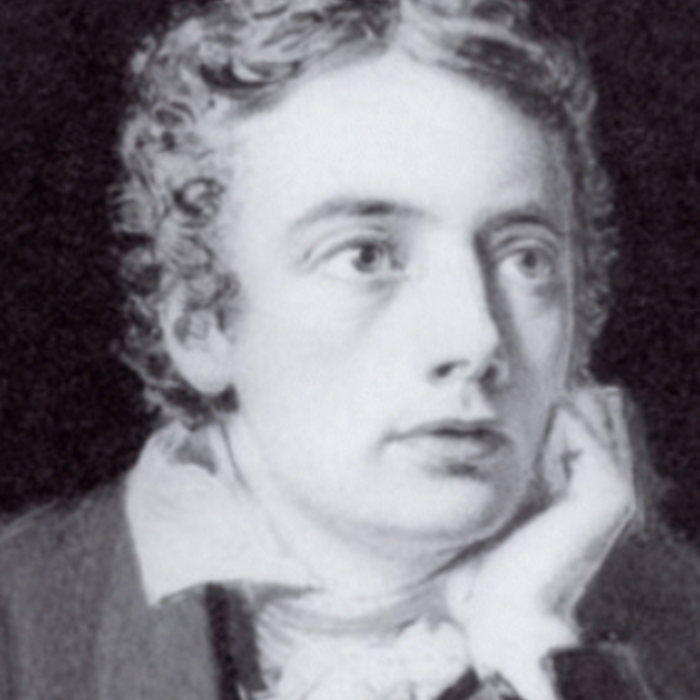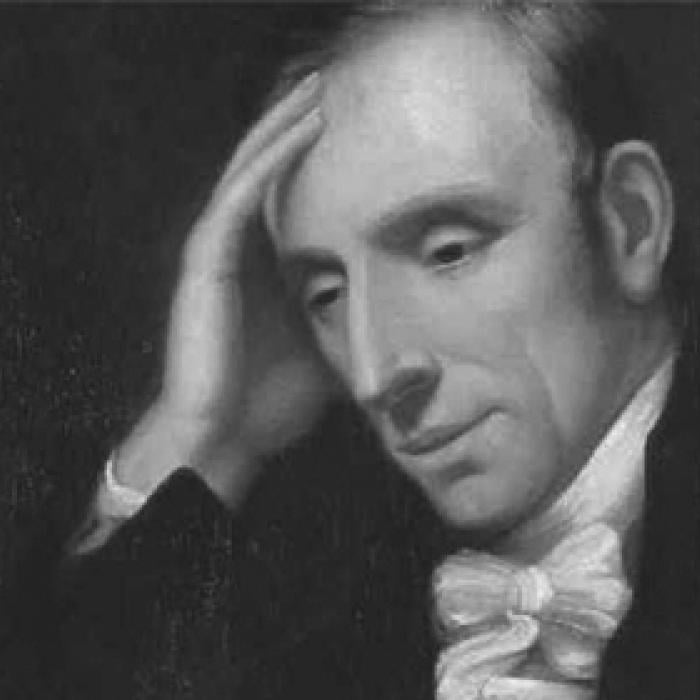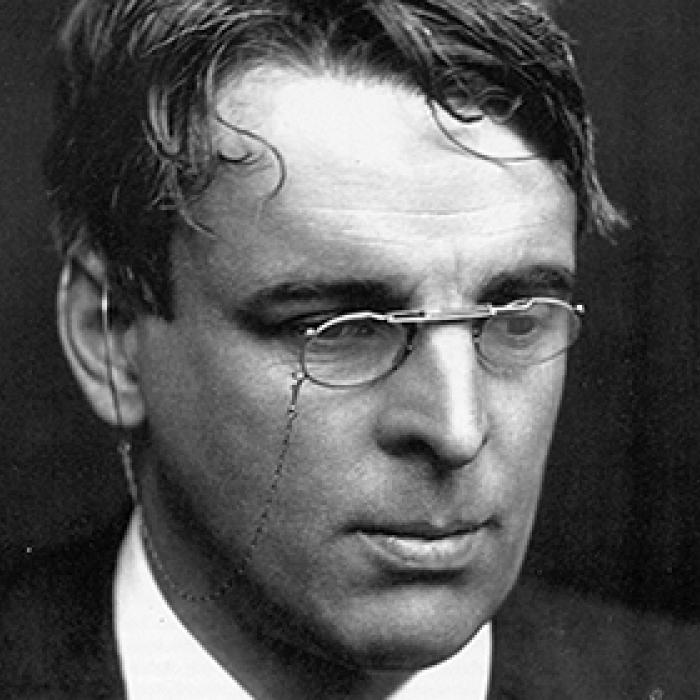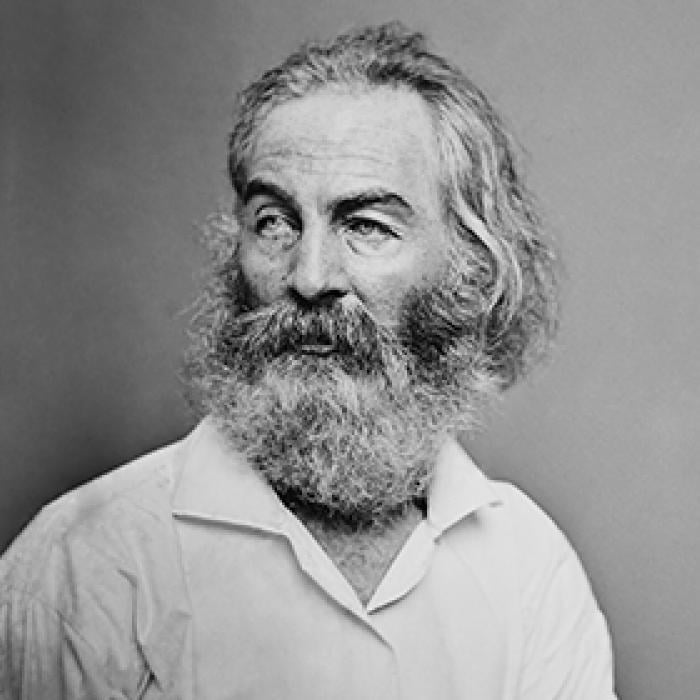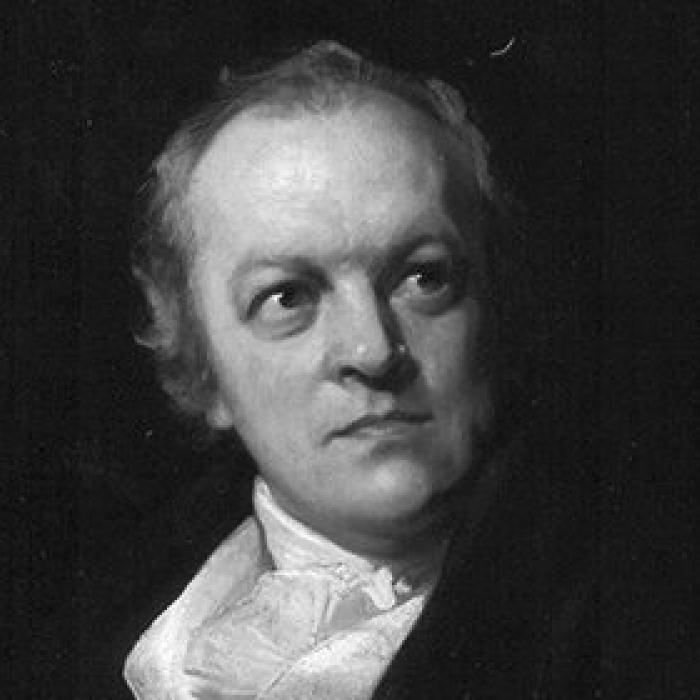Manuel Carpio
Manuel Elogio Carpio Hernández, born on March 1, 1791, was a Mexican poet, theologian, physician, and politician. He studied Latin, philosophy, and theology. Although he is well known for his poetry, Carpio translated Aphorisms and Prognostics by Hippocrates. He was also part of the legislature of Veracruz and was a representative in the Congress of the Union.
From his work as a poet, he became recognized as a formative predecessor to Mexican Romanticism by his fusion of classical discipline and moral lyricism. His first poems appeared in 1849 in the volume Poesías, edited and introduced by José Joaquín Pesado, who had served as Mexico’s minister of the interior. Among Carpio’s most notable contributions is the earliest known printed literary depiction of the ghost La Llorona, a sonnet later identified by folklorists and writers as a foundational textual source for the legend. Other poems include “El Popocatépetl” [Mount Popocatépetl],” “To the River of Cosamaloapan,” and “Mexico in 1847.”
Celebrated in the early twentieth century as “the most popular Mexican poet of the century” by The New International Encyclopedia, Carpio was particularly lauded for “Napoleon in the Red Sea” and “Belshazzar’s Feast.” Literary historians place him, alongside Pesado, as a key bridge to Romanticism, influencing subsequent poets such as Manuel Acuña in their engagement with European forms and national subjects.
Carpio died on February 11, 1860, in Mexico City.

